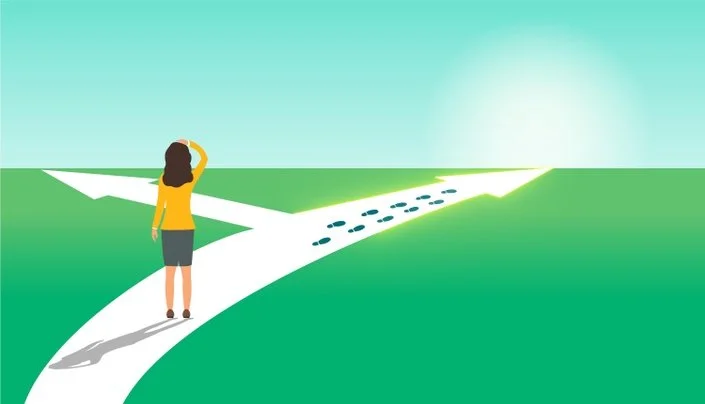The past and the future of Experiential Design.
/The neuro - architecture is progressively defining its fields of inquiry andbecoming an importantreference in the evolution of design practice . The paradigm of the project is enriched of new rules thanks to scientific evidence of human homeostasis ( self-regulating processes to adapt to changing environmental conditions ) that go beyond the purely biological aspects generally considered (cellular , molecular and organismic ). Occupants enjoy some environments more than others, and often we do not understand what is the factor that determines this qualitative surplus: it goes beyond the aesthetic / visual or functional appreciation, and it capable of inducing a regenerating multi-sensory experience, making these specific spaces empathic because responsive to our expectations.
The experiential architecture, also known as haptic architecture, according to Pallasmaa definition, represent an important matter in neuro-architectural discipline, although raising a very controversial issue: the theory of mirror neurons in humans and their effective role inour nervous system. We are not entering into the different interpretations ofthese small cellular units (we will deal with this specific topic in a future article), but instead we look back to very remote theories which already faced the same matter , i.e. the body experience of the environment, and tried to find explanations without the support of neuro-physiological and neuro imaging techniques. In the nineteenth century the visual perception was a central theme in the cultural debate, as philosophers and psychologists were very much into aesthetics and the experience with all environmental features. If the term “empathy” was originally referred to the ability to fully understand the state of mind of others, since the middle of 1700 it began referring to the spatial dimension. This is when German philosophers referred to einfuhling, or also to the verbeimfuhlen, which literally means "feel into", to mean “belonging” or “ to be associated with”.
Vernon Lee - portait by J. S: Sargent credit: wippainting.blogspot.it/
Vernon Lee was one of the first to speak of empathy towards inanimate objects . She was an English intellectual woman (her real name wasViolet Paget) who was born in France in 1848 and spent most of her life in Italy . Influenced by German philosophers and psychologists as Lipps and Groos, she was known primarily as a writer rather than as aesthetic theorist (common destiny for all women of that period). She can be considered one of the founders of the aesthetic psychology as she was the first to assert that the perception of an object is characterized by episodes of sympathetic resonance within our bodies, and we can use this bodily experience as an investigative tool. Her mechanical interpretation and callisthenic perception of inanimate objects is ahead even for the times in which he lived. Below is a passage in which she describes the bodily sensation that a simple glass jug display triggers :
“I feel the pressure on my feet on the ground when I see the base, a feeling of lift as I view the body, and downward pressure on my head as I view the rim at the top””
As science evolved and became increasingly empirical, based on measurable behavioral assessments and comparable data, many fields of research relying upon personal and subjective speculations were deprived of scientific validation, became sterile and therefore were abandoned .
Yet even now, if we search for the term "empathy" in a philosophy/psychology dictionary of not long ago (*) we find that the definition incorporates the experiential concepts of past centuries, referring mainly to bodily experience in the perception of inanimate objects in space. Typical is the example of the column and the tendency of humans to identify with it: we feel uncomfortable and inadequate to suppeort our wieght when seeing very thin columns, or if the column are squat, weperceive ourselves as big and clumsy. This perceptive interpretation of experience, stripped from the formal excesses of Lee, is also very close to contemporary theories of 'embodied cognition and situatedness, which state that the experience of the world around us is made in the same measure through the body and through the mind.
Image by Giusi Ascione
This matter has raised a big issue within the community of neuro-scientists and also raised perplexity among architects, since it refers to a level of sensoriality, a kind ofsympatetic resonance within our own bodies,which is not typical of all human, or, at least, it is an ability not yet developed by most.
At present, however, there are other neuroscientific topics giving important contributions to the design discipline. Those research areas, still based on mind / body connection, rely upon scientific data which build the foundation for further inquiry and start a process where the apparent dichotomies and distant field of investigations may find their points of connection. Therefore, architects should avoid forms of skepticism about the interdisciplinary work, that is only at the beginning of its path. Environmental features got a high potential to improve our health, as they interfere the ongoing dialogue between our nervous system and the rest of our body: a positive and constructive dialogue can only be beneficial to our neurophysiological system.












